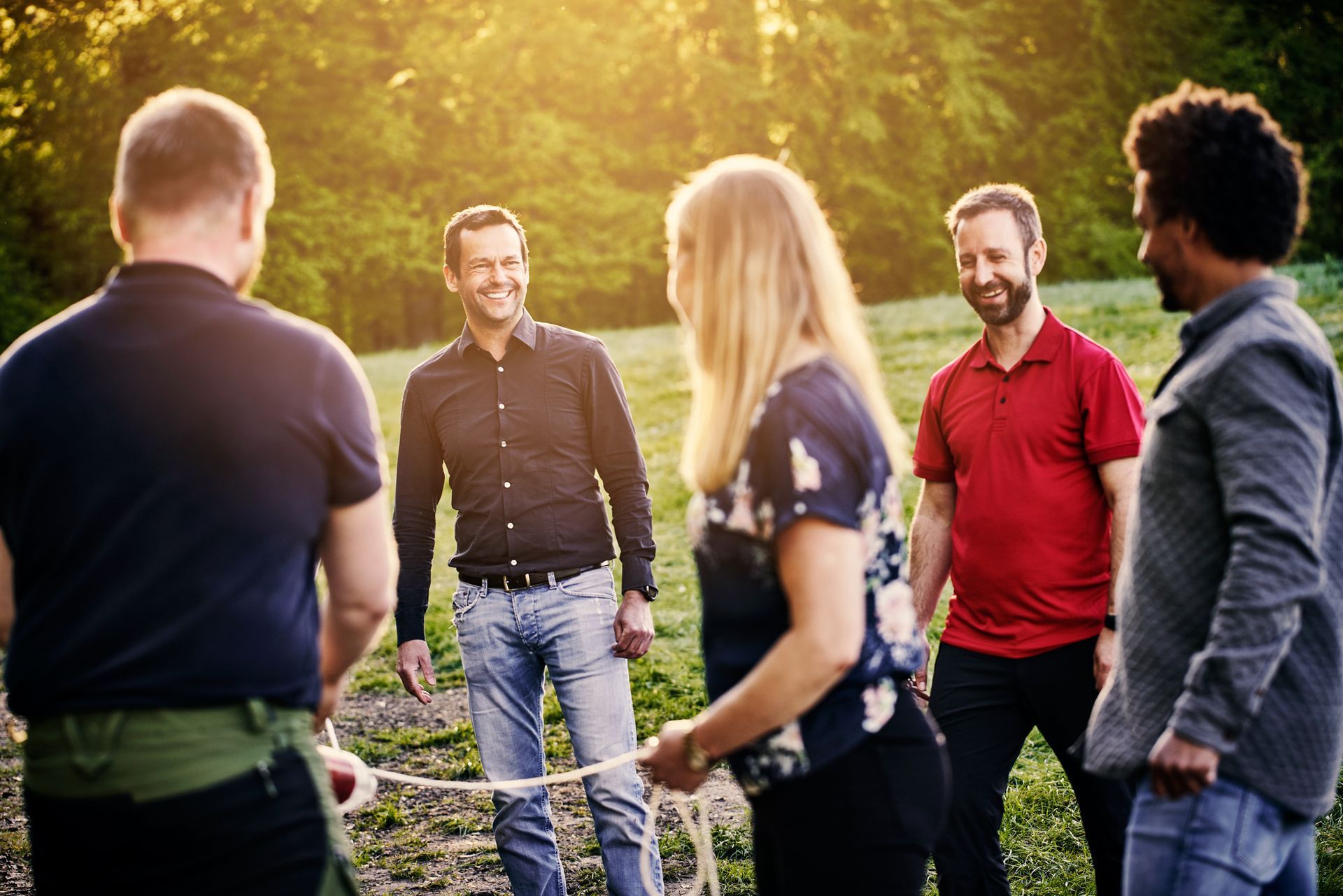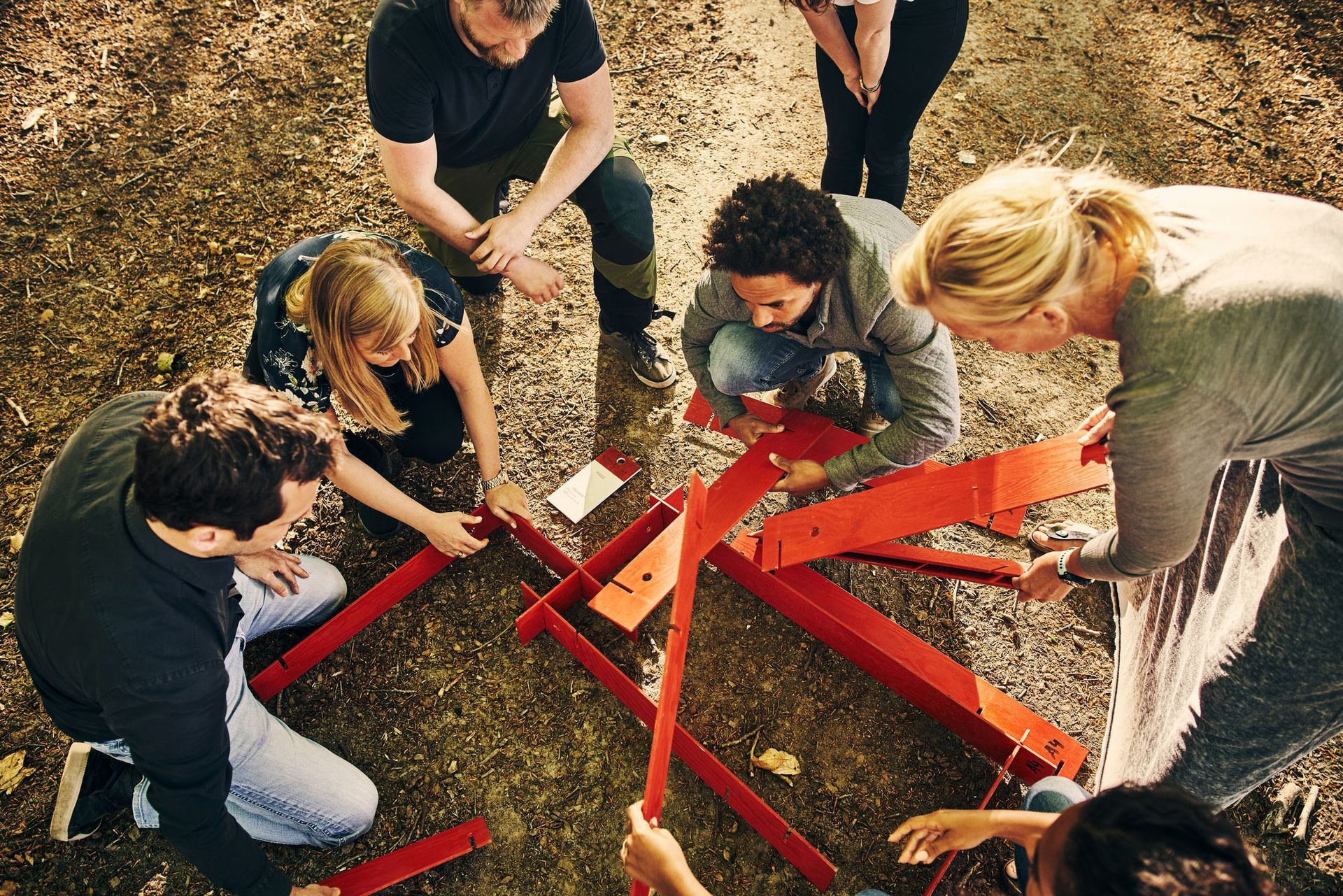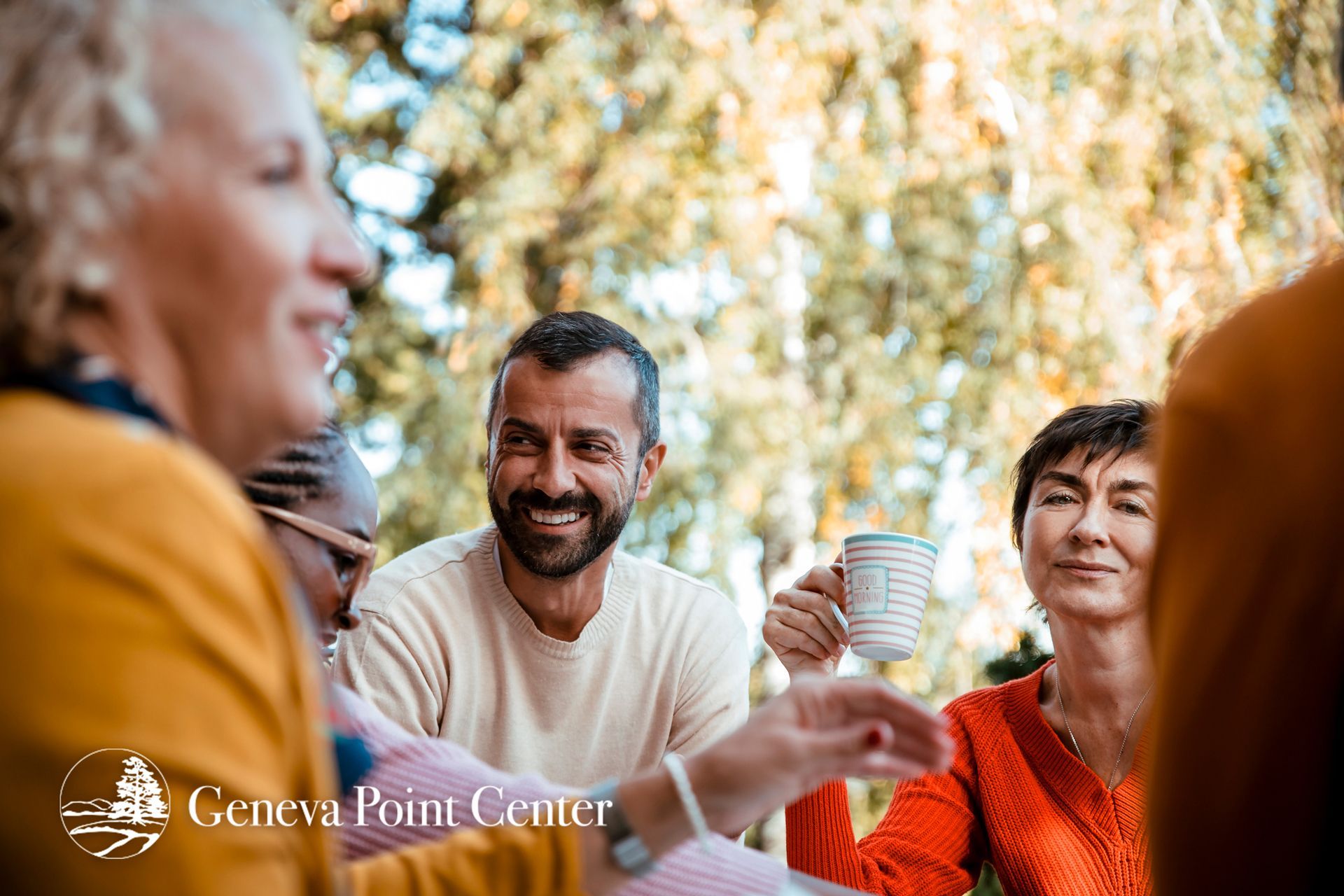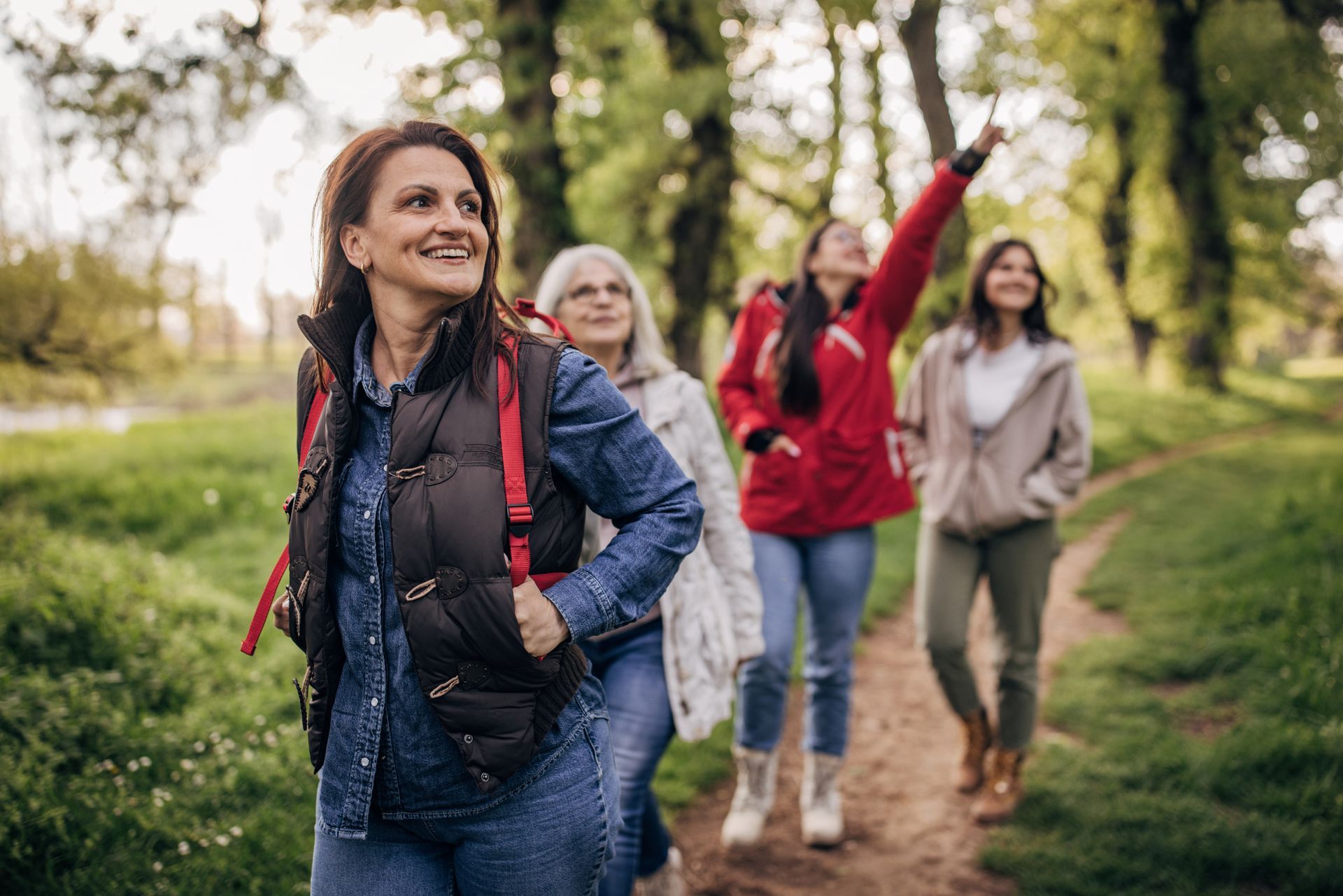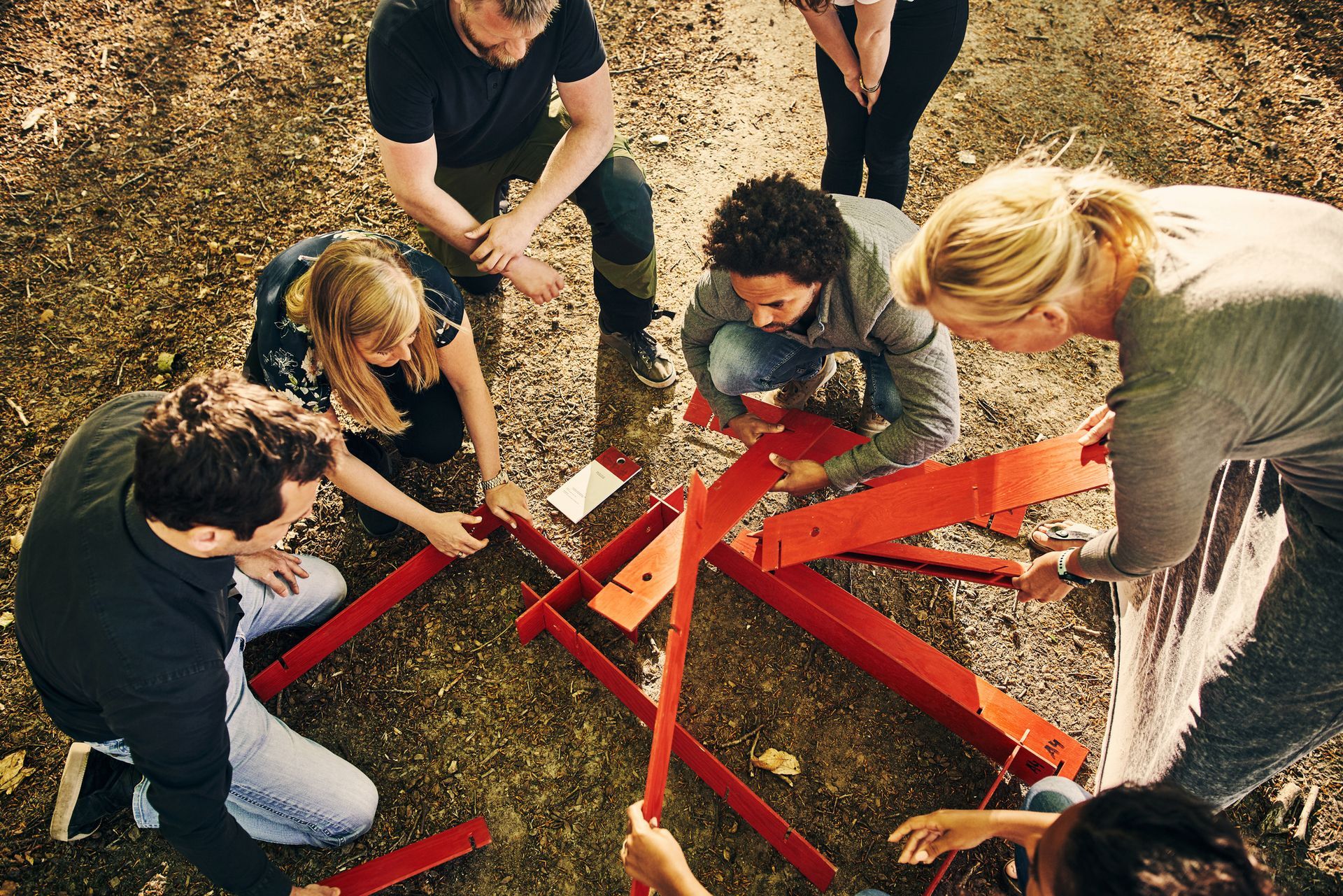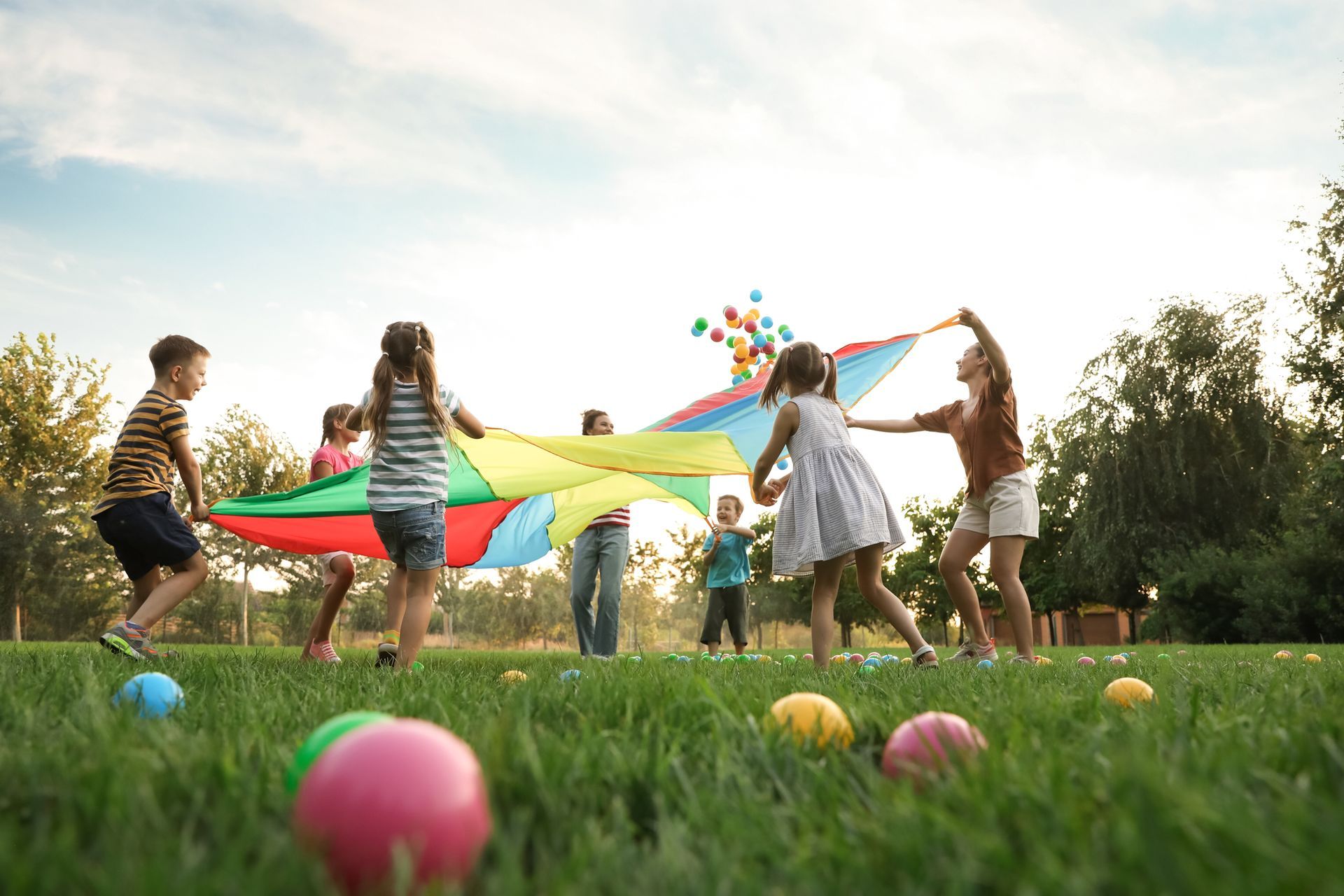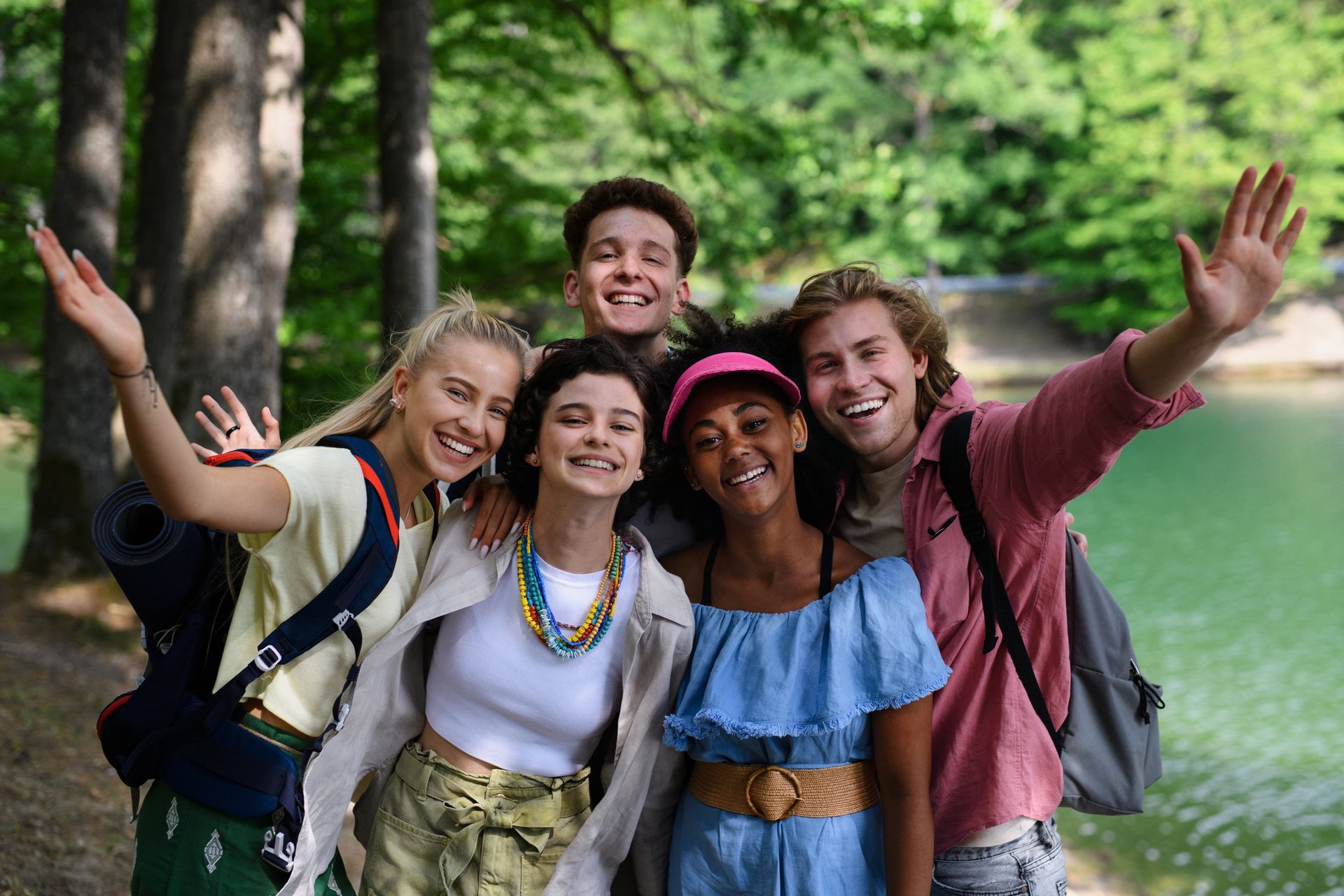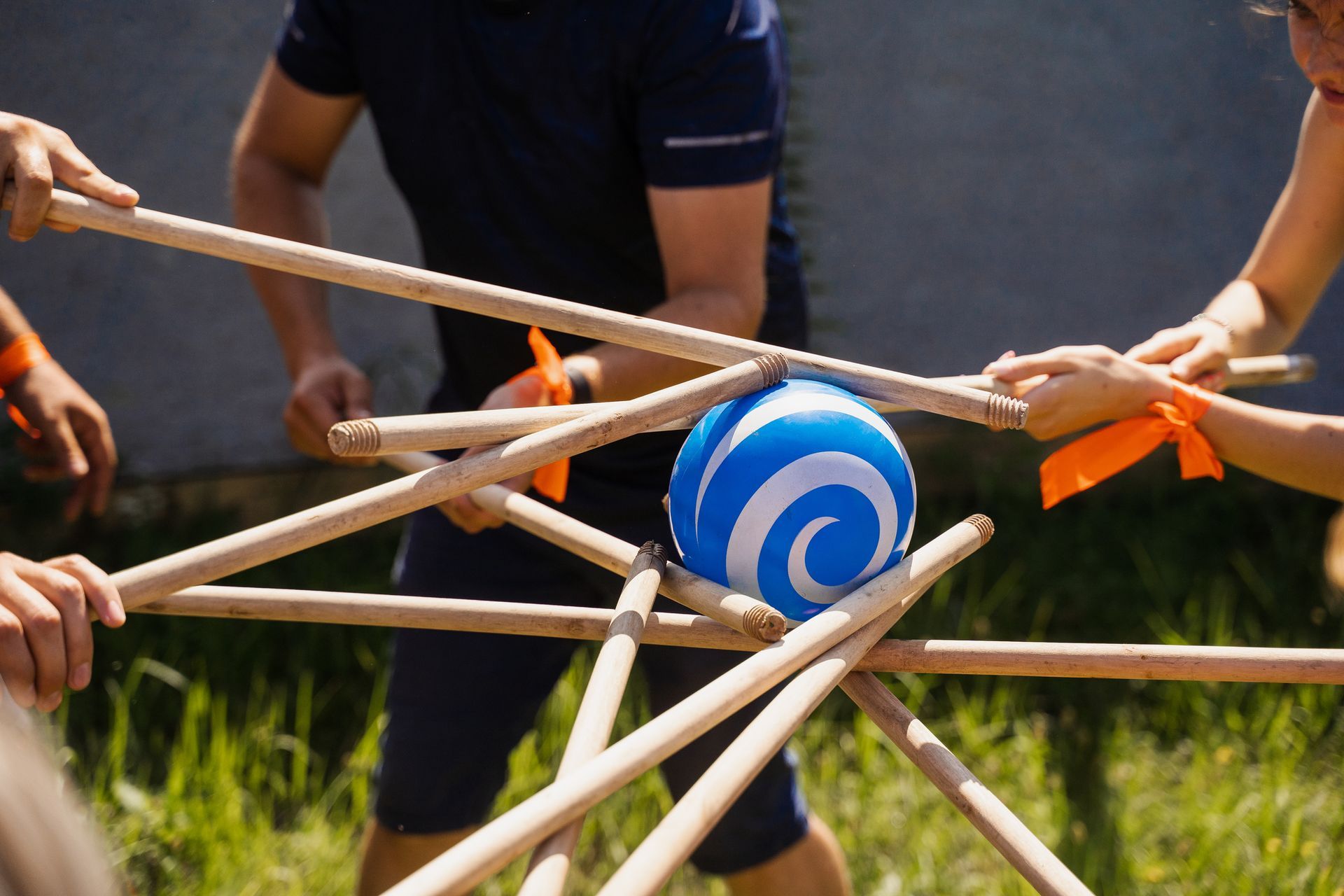Innovative Outdoor Team Building Activities to Energize Your Team in 2025
When was the last time your team building event left everyone genuinely excited rather than checking their phones? If you’re nodding along while picturing another dreary conference room session, it’s time to discover the transformative power of team building activities outside. At Geneva Point Center, we’ve witnessed firsthand how fresh air and natural settings can turn reluctant participants into engaged collaborators.
The science is clear: outdoor team building activities deliver measurable results that traditional indoor sessions simply can’t match. From boosting creativity by 50% to improving employee engagement scores by 21%, taking your team building outside isn’t just refreshing—it’s scientifically proven to enhance performance, reduce stress, and strengthen work relationships in ways that will surprise you.
This comprehensive guide will equip you with over 50 innovative outdoor team building ideas, complete with implementation strategies, safety protocols, and budget-friendly options. Whether you’re planning for adventure seekers or looking for activities that accommodate different fitness levels, you’ll discover how to create memorable experiences that translate into stronger teamwork skills and improved company culture.
Why Choose Outdoor Team Building Activities
The scientific benefits of outdoor team building activities are grounded in robust research that should make every HR professional take notice. According to a study published in PLOS ONE, exposure to natural environments enhances cognitive function, lowers stress levels, and increases productivity in measurable ways. The “Attention Restoration Theory” demonstrates that natural settings help people recover from mental fatigue more effectively than indoor settings, making outdoor team building a strategic investment in your team’s mental well being.
How Fresh Air and Natural Settings Enhance Creativity and Problem-Solving
Research by the University of Utah and University of Kansas revealed that participants who spent several days in wilderness settings showed a 50% increase in creative problem-solving tasks compared to control groups. This isn’t just about getting out of the office—environmental cues like greenery, water features, and natural light actively stimulate divergent thinking and improve collaboration skills.
Fresh air does more than feel good; it increases endorphin release due to physical activity and sunlight exposure, leading to more positive mood states. When your entire team experiences these physiological benefits together, it creates a shared foundation for enhanced communication skills and creative thinking that carries back into their personal lives and work groups.
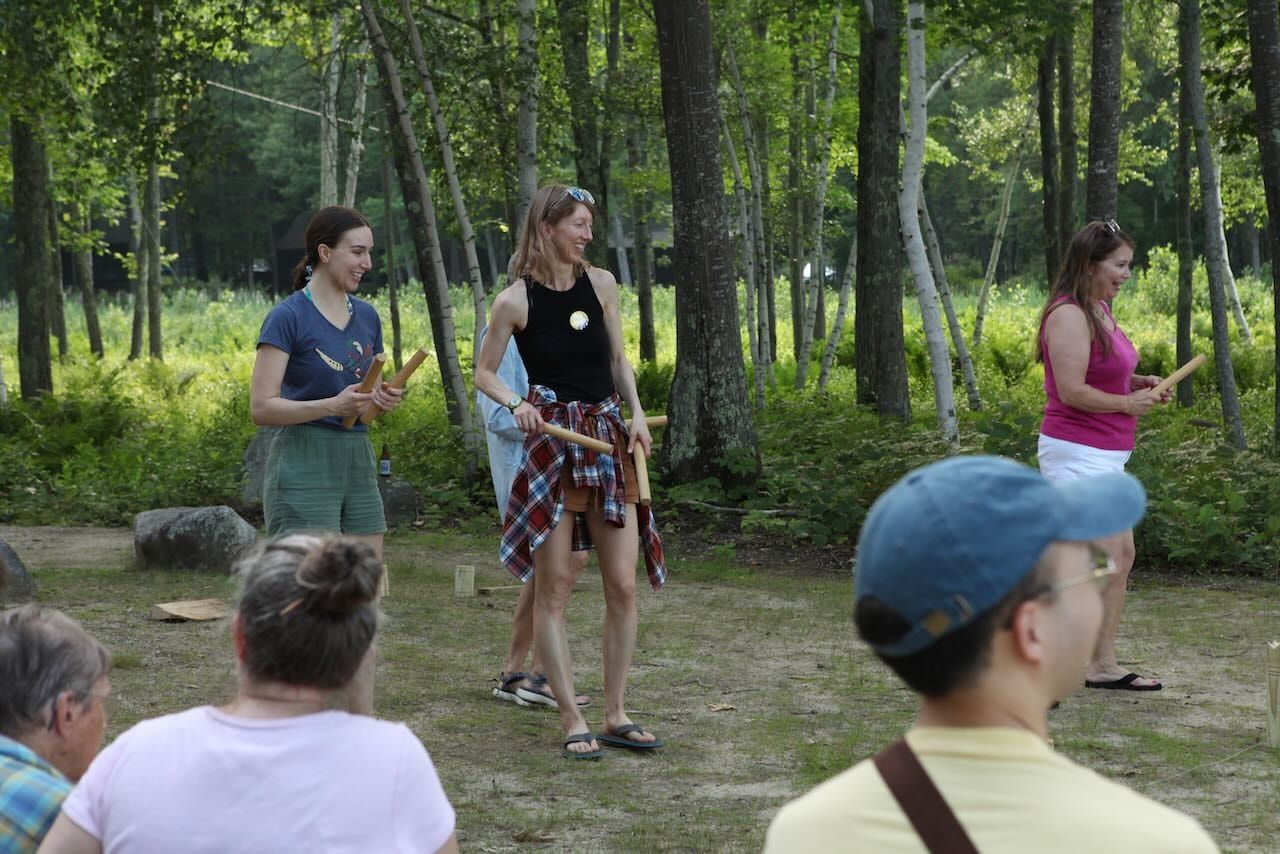
Comparison Between Indoor vs Outdoor Team Building Effectiveness
While indoor team building activities offer convenience and weather protection, research consistently favors outdoor formats for fostering engagement, social cohesion, and innovative thinking. Indoor settings may feel safe and controlled, but they lack the novelty, unpredictability, and sensory stimulation that generate higher levels of group excitement and effective memory formation.
Outdoor activities naturally break down workplace hierarchies, especially during high-challenge exercises where a quiet team member might emerge as a natural leader, or where completing challenges requires every person to contribute regardless of their job title. This democratizing effect of outdoor and indoor settings comparison shows why smart companies are moving their team building event planning outside.
Statistics on Improved Employee Engagement Through Outdoor Activities
The numbers tell a compelling story. A global survey by Gallup found that work groups participating in regular outdoor team building reported 21% greater engagement scores, while companies with robust experiential programs saw a 22% higher profitability rate. According to Workhuman, 57% of employees report a morale boost after participating in outdoor engagement events, with effects lasting well beyond the activity itself.
These statistics aren’t just feel-good numbers—they represent real improvements in how employees work together, communicate, and contribute to company culture. When you invest in outdoor team building activities, you’re not just planning a fun day out; you’re implementing a scientifically backed strategy for improving teamwork skills and organizational performance.
Adventure-Based Team Building Activities
Adventure-based programs create immersive experiences that test and improve trust, risk management, leadership, adaptability, and communication skills in ways that traditional team building activity formats simply can’t match. These high-energy activities push teams out of their comfort zones while reinforcing the importance of clear communication and shared responsibility.
Organizing Adventure Races with Checkpoint Challenges
Adventure races involve setting up multi-stage challenges where teams race through checkpoints using maps, compasses, and problem solving skills. Each checkpoint presents puzzles, physical obstacles, or collaborative tasks that require different team members to contribute their strengths. The first team to complete all challenges while maintaining team spirit throughout the course wins.
Successful adventure races require careful route design with clear rules and safety marshals at critical junctures. Consider incorporating natural landmarks, hidden clues, and tasks that encourage teamwork rather than individual heroics. The amazing race format works particularly well because it combines navigation skills with problem solving in an exciting game format that keeps energy levels high.
Rock Climbing and Bouldering Sessions for Trust and Communication Building
Rock climbing sessions promote trust and communication by requiring participants to rely on teammates for belaying, spotting, and encouragement. Whether conducted on natural rock faces or at climbing facilities with outdoor components, these activities push individuals out of their comfort zones while reinforcing the importance of clear communication and shared responsibility.
The beauty of climbing as a team building activity lies in its scalability—beginners can work on basic holds while experienced climbers tackle more challenging routes, yet everyone depends on their team member for safety and support. This creates natural opportunities for encouragement, builds confidence, and demonstrates how collaboration skills translate directly into safety and success.
Whitewater Rafting Expeditions for High-Stakes Teamwork
Whitewater rafting serves as a high-intensity team activity where coordination is essential for navigation and safety. Participants must synchronize paddling, follow rapid commands from guides, and collectively respond to fast-changing conditions. These commercially guided expeditions have a documented effect of strengthening trust and collective efficacy within groups.
The shared challenge of navigating rapids creates an immediate need for teamwork skills while providing natural consequences for poor communication. Teams learn to listen, respond quickly, and support each other under pressure—skills that translate directly into workplace scenarios where quick decision-making and mutual support determine success.
Additional Adventure Activities
Orienteering competitions use maps and compasses to navigate unfamiliar outdoor environments, demanding strategic planning, delegation, and real-time problem solving. Zipline courses require team members to encourage each other and coordinate on launch and landing protocols. Mountain biking relay races emphasize strategy, pacing, and coordination as different teams select course sections based on individual strengths.
Safety Considerations for Adventure Activities
All adventure activities require comprehensive risk assessment protocols and proper safety equipment including helmets, harnesses, flotation devices, and reliable communication devices. For high-risk activities, certified guides or facilitators are essential, and all participants must sign waivers and participate in thorough safety briefings.
Insurance must address liability for injuries, property damage, and third-party involvement. Adaptations such as alternative routes or assistance devices ensure inclusivity for various fitness levels, allowing the entire team to participate safely. Consider appointing safety coordinators from your group to work with professional guides in monitoring conditions and participant well-being throughout the activity.
Essential safety protocols include weather monitoring, emergency action plans, first aid accessibility, and clear communication channels. Professional outdoor adventure companies typically provide comprehensive safety briefings, but internal team leaders should also understand basic safety procedures and emergency contacts.
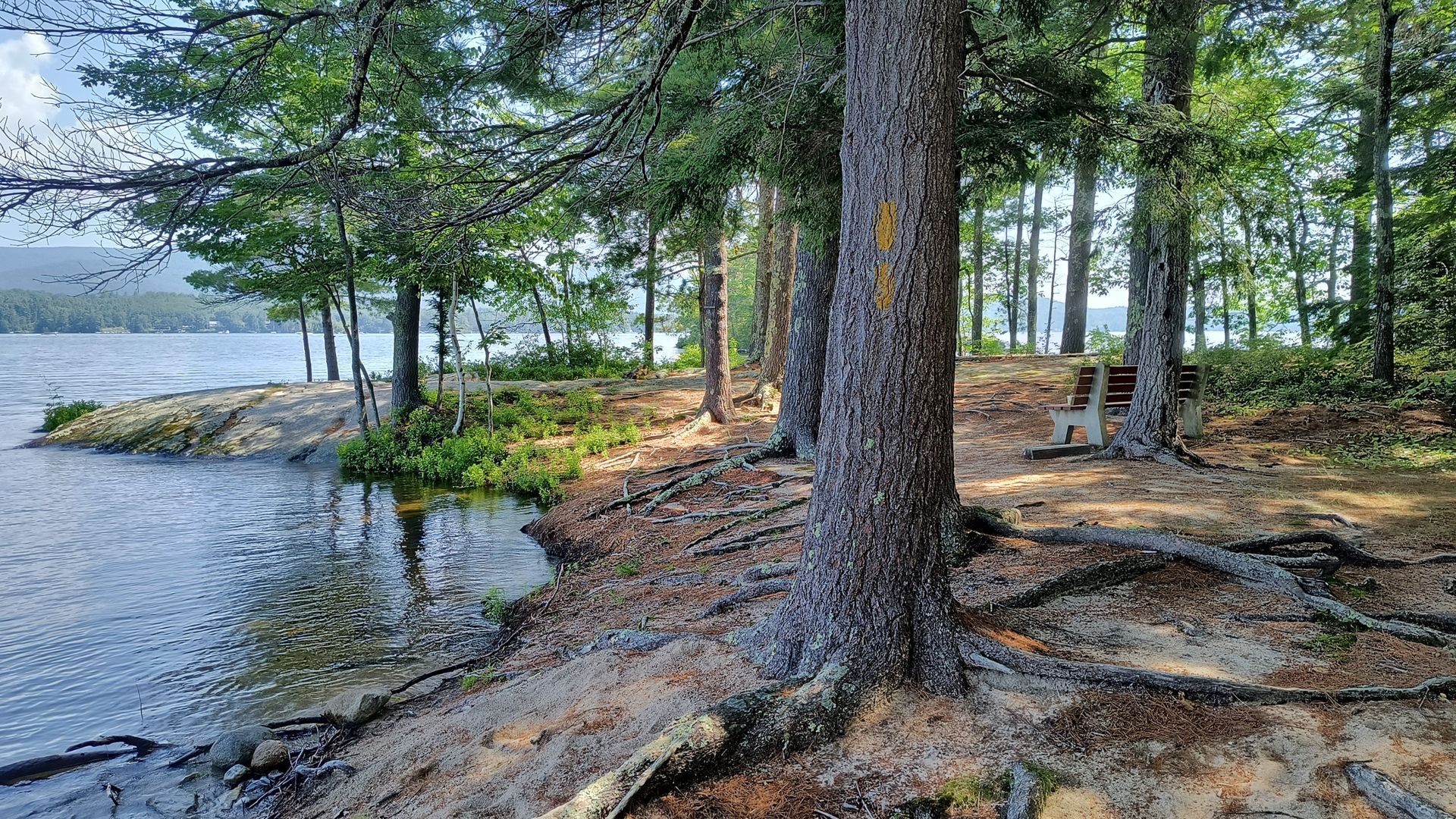
Creative Problem-Solving Challenges
Creative problem-solving challenges harness the innovative, resourceful, and collaborative capacities of teams while encouraging creative thinking in outdoor environments. These activities simulate real-world project management scenarios by forcing groups to plan, allocate roles, and test prototypes under time constraints.
Bridge Building Contest Using Natural Materials
A bridge building contest using natural materials found outdoors challenges teams to construct functional bridges using branches, rocks, vines, and other available resources. Teams are evaluated on structural integrity, creativity, and teamwork demonstrated throughout the building process. This great team building activity simulates real-world engineering challenges while encouraging teams to think creatively about available resources.
Set up the challenge by defining a specific span that bridges must cross, weight requirements the structure must bear, and time limits for construction. Teams must negotiate design preferences, delegate construction roles, and problem-solve when initial plans don’t work as expected. The winning team typically combines solid engineering principles with creative use of natural building materials.
Solar Oven Construction and Cooking Competition
Solar oven construction introduces principles of renewable energy and design thinking while creating a fun activity that produces tangible results. Teams use basic supplies like foil, cardboard, and plastic wrap to construct ovens capable of cooking simple food items, then compete for efficiency and best results.
This outdoor team building activity combines scientific principles with practical application, encouraging teams to experiment, iterate, and learn from failures. The cooking competition element adds excitement while demonstrating how innovation and collaboration can produce both functional and delicious results.
Water Filtration System Design Challenge
Water filtration challenges mirror engineering design sprints, tasking teams with crafting working filtration units from sand, charcoal, fabric, and natural objects. Success criteria include practicality, output clarity, and the quality of collaboration demonstrated throughout the design process.
This activity works particularly well because it combines environmental awareness with practical problem solving skills. Teams must research filtration principles, experiment with different materials, and test their solutions while working within time limits and resource constraints.
Shelter Building Using Tarps, Ropes, and Natural Materials
Shelter building activities use tarps, ropes, and natural resources to simulate survival or emergency situations. Teams must negotiate design preferences, allocate roles, and manage resource limitations while working under time pressure or simulated weather constraints.
The challenge encourages teams to balance individual expertise with group decision-making, often revealing natural leaders and highlighting the importance of clear communication skills. Different teams often develop vastly different approaches, leading to rich discussions about problem solving strategies and teamwork.
Additional Creative Challenges
Marble run construction tasks teams with building elaborate tracks outdoors using bamboo, guttering, or found materials with the goal of keeping a marble rolling for the longest possible time. Team tower building with unconventional materials like marshmallows, spaghetti, or driftwood blends creative risk-taking with structural planning.
These activities encourage experimentation, iteration, and learning from failure—all crucial elements of effective teamwork and innovation in the workplace. The outdoor setting provides abundant natural materials while the open environment encourages bigger thinking and more ambitious designs.
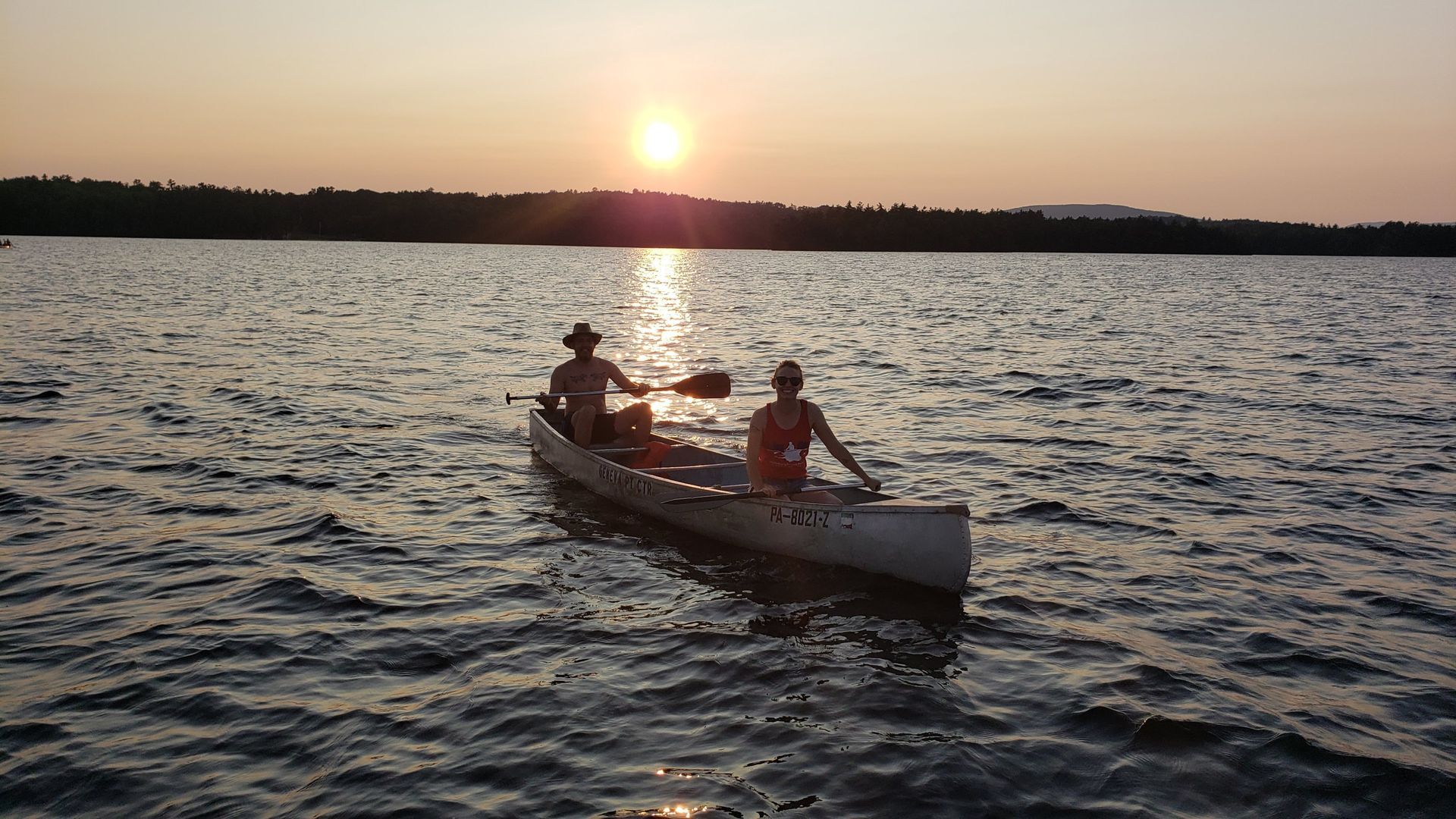
Sports and Competition-Based Activities
Sports and competition-based outdoor activities rely on physical interaction, friendly competition, and cooperation, often organized in tournament formats that accommodate different skill levels while promoting team spirit and healthy rivalry.
Ultimate Frisbee Tournaments with Rotating Team Compositions
Ultimate frisbee tournaments feature fluid team compositions and rapid on-field decision-making, making them accessible and inclusive for participants of varying athletic abilities. The sport’s emphasis on “spirit of the game” naturally promotes good sportsmanship while the fast-paced action requires quick communication and strategic thinking.
Rotate team compositions throughout the tournament to ensure everyone works with different colleagues, breaking down departmental silos and encouraging new working relationships. The self-officiating nature of ultimate frisbee also builds trust and conflict resolution skills as teams must negotiate calls and maintain fair play.
Outdoor Laser Tag Battles in Natural Terrain
Outdoor laser tag in woods or fields provides dynamic, low-injury simulated combat that encourages tactical thinking, communication, and rapid adaptation to changing circumstances. Natural terrain adds complexity and excitement while requiring teams to develop strategies, communicate under pressure, and adapt to environmental obstacles.
Set up scenarios that require teamwork rather than individual heroics—capture the flag, defend the base, or escort missions that demand coordination and role specialization. The technology adds an exciting game element while the outdoor venue provides cover, varied terrain, and fresh air that indoor settings can’t match.
Flag Football Leagues with Creative Rule Variations
Flag football with creative rule variations offers scalable, energetic competition with room for teamwork experimentation. Modify traditional rules to emphasize collaboration—require a minimum number of players to touch the ball before scoring, rotate quarterback positions, or create special scoring bonuses for team plays.
The outdoor space allows for full-field play while the non-contact nature ensures accessibility for all fitness levels. Create equal teams that mix departments, skill levels, and personalities to encourage new connections and demonstrate how diverse teams can succeed through effective communication and strategy.
Beach or Grass Volleyball Tournaments
Volleyball tournaments leverage accessible rules and high-energy activity that works well for all skill levels. The team nature of volleyball naturally requires communication, coordination, and mutual support while the tournament format creates excitement and friendly rivalry.
Consider variations like requiring minimum touches per player, rotating positions frequently, or creating mixed skill-level requirements for teams. The outdoor venue provides space for multiple courts, allowing for round-robin tournaments that give every team multiple games and interaction opportunities.
Additional Sports Activities
Disc golf competitions use existing courses or temporary layouts and encourage strategy over athletic ability, making them inclusive while still competitive. Outdoor bowling using makeshift pins and balls requires minimal equipment while generating high engagement and laughter. Three-legged relay races with obstacle courses combine physical challenge with coordination requirements and plenty of humor.
Modified Traditional Games
Giant outdoor board games like Connect Four and Jenga scale up familiar games for tactile, visual engagement in outdoor settings. Human foosball uses ropes to restrict player movement and mimic the table game, requiring coordination and strategic thinking. Life-size chess with people as pieces demands coordination and strategic planning while providing entertainment for participants and observers.
Outdoor escape rooms set up in parks or forests use natural and built props to create immersive puzzle-solving experiences that require teamwork, communication, and creative problem solving in natural settings.
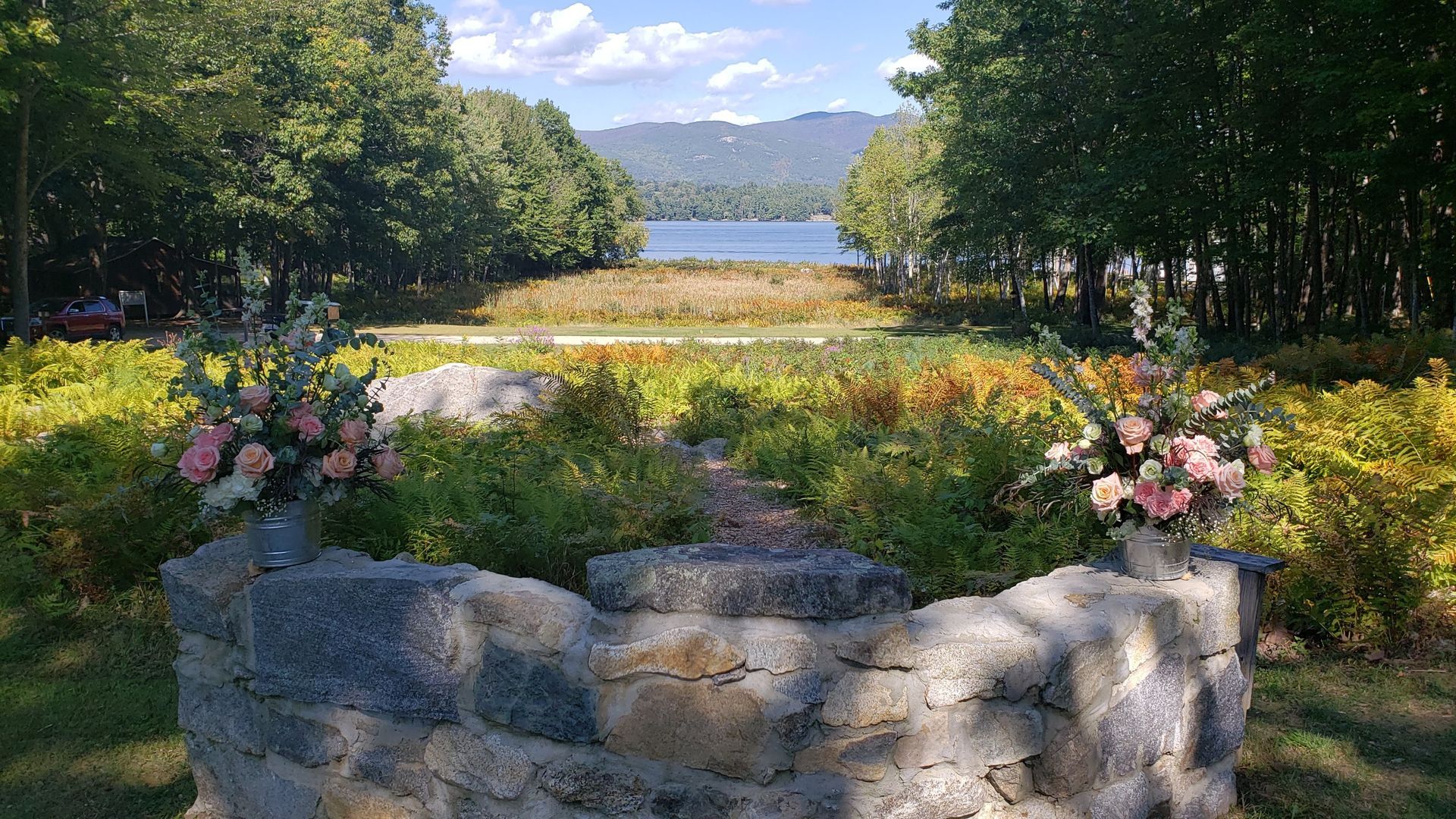
Nature-Focused Team Building
Nature-centric activities combine environmental stewardship, observation, and reflection with team dynamics, creating opportunities for teams to connect with each other and their environment while developing collaboration skills and environmental awareness.
Geocaching Adventures Using GPS Coordinates
Geocaching uses GPS-enabled scavenger hunts for small treasures, blending outdoor exploration with digital navigation and problem solving. Teams work together to interpret coordinates, navigate terrain, and locate hidden caches while enjoying the excitement of treasure hunting.
This outdoor team building activity appeals to tech-savvy participants while encouraging exploration of local park areas and natural spaces. Teams must communicate effectively about navigation decisions, share equipment and responsibilities, and celebrate discoveries together, building teamwork skills through shared adventure.
Wildlife Photography Competitions with Team Scoring
Wildlife photography competitions blend technical skills with creativity while encouraging careful observation of natural environments. Assign point values to different photographed species, scenes, or creative compositions, with teams working together to plan shooting strategies and share equipment.
The quiet, patient nature of wildlife photography creates opportunities for meaningful conversations and collaboration while teams wait for perfect shots. This activity particularly appeals to teams looking for a more contemplative outdoor experience that still includes elements of friendly competition and skill-building.
Nature Journaling and Sketching Collaborative Projects
Nature journaling and collaborative sketching during guided walks or focused workshops enhance mindfulness and observation skills while building shared narratives and artistic collaboration. Teams can work together to document flora, fauna, weather patterns, or landscape features while practicing patience and attention to detail.
Collaborative elements might include shared sketchbooks, team-based nature poetry, or group murals that incorporate everyone’s observations and artistic contributions. This reflective activity balances higher-energy outdoor team building with quieter moments that still build communication skills and team connections.
Plant Identification Scavenger Hunts
Plant identification scavenger hunts teach ecological literacy and teamwork by having groups catalog local flora using field guides, apps, or expert guidance. Teams work together to locate, identify, and document different plant species while learning about local ecosystems.
Create point systems based on species rarity, correct identification, or discovery of specific plant families. This educational approach to team building combines learning with outdoor exploration while encouraging careful observation and collaborative research skills.
Additional Nature Activities
Outdoor cooking challenges using camp stoves require group coordination and culinary creativity while participants prepare meals together in natural settings. Stargazing sessions with constellation identification contests leverage nighttime settings for science learning, storytelling, and group bonding while creating shared memories under the stars.
These nature-focused activities appeal particularly to environmentally conscious teams while providing opportunities for reflection, learning, and connection that complement higher-energy outdoor adventures. They demonstrate how outdoor team building can encompass quiet collaboration alongside more active challenges.
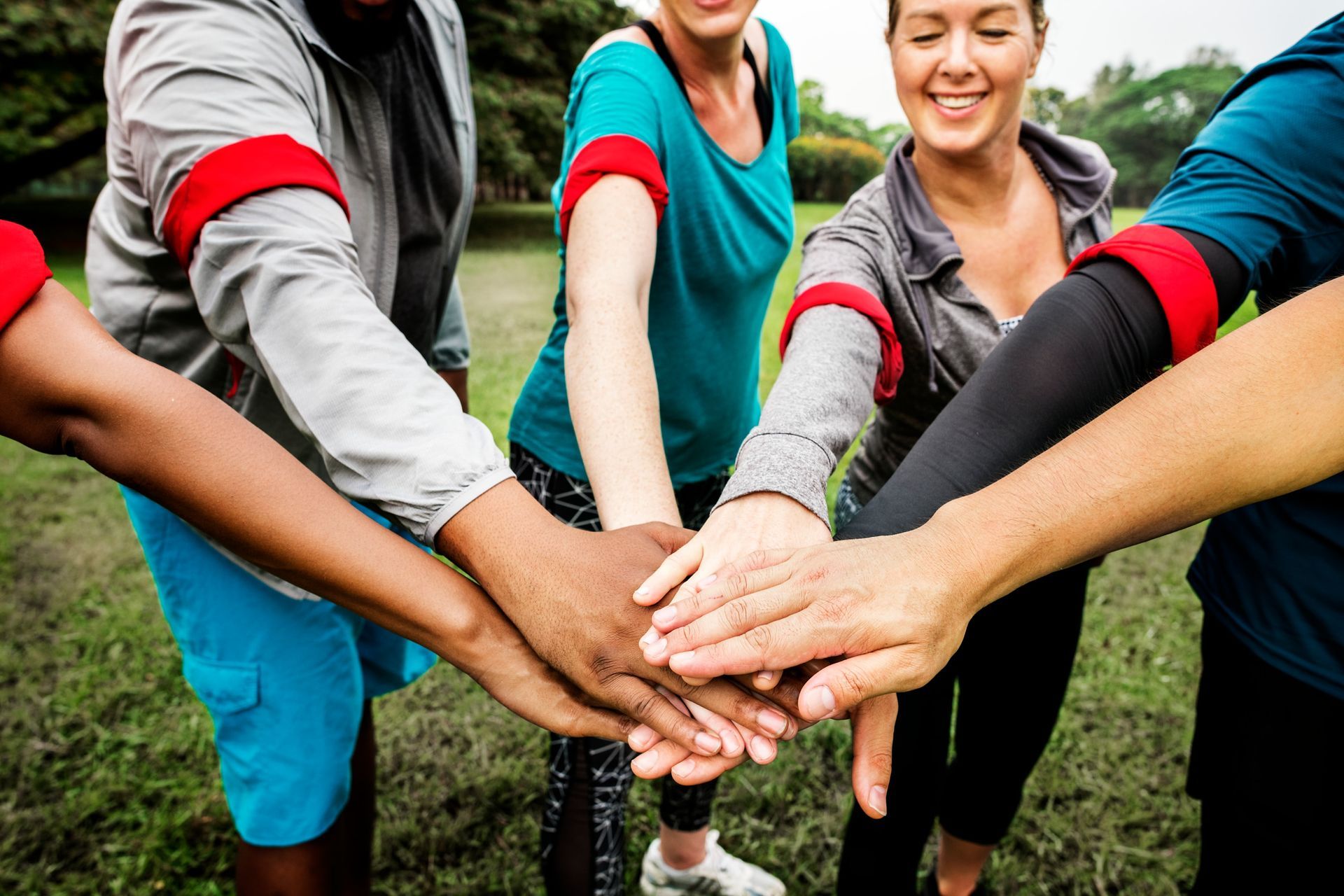
Community Service Team Building
Community service team building blends service learning and social responsibility with team-building goals, reinforcing values alignment while making positive community impact and strengthening team bonds through shared purpose.
Local Park Cleanup Initiatives with Friendly Competition
Park or beach cleanups with competitive elements track trash volume collected, rarest items found, or area coverage completed by different teams. According to research, 57% of employees perceive a direct morale increase after participating in community cleanup activities, making this both impactful and engaging.
Design the cleanup as teams race to cover designated areas while maintaining quality standards for waste sorting and environmental safety. Provide appropriate safety equipment and establish clear guidelines for handling different types of waste while encouraging friendly competition that serves the broader community good.
Community Garden Planting and Maintenance Projects
Community garden projects see teams collaboratively planting, weeding, and harvesting while learning about sustainable agriculture and environmental stewardship. These projects create lasting positive impact while requiring coordination, planning, and shared physical labor that builds teamwork skills.
Organize tree planting events where teams work together to prepare sites, plant seedlings, and establish care protocols for long-term growth. The physical nature of the work encourages natural conversation and collaboration while creating visible, lasting improvements that teams can revisit and take pride in over time.
Trail Maintenance and Improvement Activities
Trail maintenance projects combine strenuous work with visible group impact as teams clear debris, build bridges, install signage, or create rest areas along hiking trails. These projects require planning, coordination, and sustained effort while providing clear evidence of team accomplishment.
Partner with local parks departments or trail organizations to identify specific improvement projects that match your team’s capabilities and time constraints. The physical challenges naturally require team members to support each other while working toward shared goals that benefit the broader community.
Creative Community Projects
Outdoor mural painting for community spaces combines artistic collaboration with community beautification, allowing teams to leave lasting visual impact while working together on creative projects. Building picnic tables, benches, or planters for local parks requires coordination, skill-sharing, and collaborative problem solving while creating functional improvements.
Organizing outdoor charity events such as fundraisers or inclusive sports days hones leadership, logistics, and communication skills while boosting group purpose and community connection.
These community service activities appeal to teams seeking meaningful engagement that extends beyond typical corporate activities while building collaboration skills and strengthening company culture through shared values and positive impact.
Water-Based Team Activities
Water-based activities provide refreshing alternatives to land-based challenges while offering unique opportunities for coordination, balance, and teamwork in aquatic environments that create memorable shared experiences and natural team bonding.
Dragon Boat Racing with Synchronized Paddling Requirements
Dragon boat racing requires 10-20 participants per boat and emphasizes synchronization, leadership, and shared rhythm. According to the International Dragon Boat Federation, synchronized paddling is essential for speed and boat stability, making this activity an excellent metaphor for workplace coordination and teamwork.
The drummer at the front sets pace while the steersperson at the back provides direction, creating clear leadership roles while requiring every team member to contribute synchronized effort. Teams must communicate constantly about rhythm, timing, and technique while working together toward shared goals under pressure.
Stand-up Paddleboard (SUP) Relay Races
Stand-up paddleboard relay races introduce balance and coordination challenges while being effective for mixed-ability groups. Teams work together to strategize relay order, provide coaching and encouragement, and coordinate smooth transitions between paddlers.
The individual balance challenge combined with team strategy creates opportunities for mutual support and encouragement while participants push personal comfort zones. Beach or calm lake settings provide safe environments for beginners while still offering challenge and excitement.
Water Balloon Engineering Challenges
Water balloon engineering involves constructing launchers and completing challenge courses that combine fun invention with team coordination. Teams work together to design and build launching mechanisms, then coordinate target practice or distance challenges that require both individual skill and team strategy.
This fun game appeals to the inner child while requiring genuine problem solving skills and collaborative engineering. The outdoor space provides room for ambitious designs while the water element adds cooling refreshment and plenty of laughter.
Additional Water Activities
Pool noodle jousting tournaments create accessible combat sports that emphasize balance and coordination while providing plenty of entertainment. Inflatable obstacle courses require team navigation and mutual support as participants help each other through challenging elements.
Sandcastle building contests with themed requirements encourage creative collaboration while teams work together to plan, construct, and decorate elaborate structures using natural beach materials.
Water-based activities provide natural cooling during summer months while offering unique physical and coordination challenges that create distinctive team bonding experiences and memorable shared accomplishments.

Seasonal Outdoor Team Building Ideas
Seasonal activities leverage the unique opportunities and natural rhythms of different times of year while providing variety and fresh experiences that keep outdoor team building engaging throughout the annual calendar.
Spring Activities: Renewal and Growth
Spring planting competitions engage teams with environmental renewal while participating in tree planting, garden establishment, or habitat restoration projects that align with the season’s themes of growth and new beginnings. Teams coordinate planting strategies, soil preparation, and long-term care planning while contributing to community environmental health.
Kite building workshops harness engineering and artistic creativity as teams design, construct, and test flying creations. The outdoor space provides room for testing and flying while the collaborative design process requires negotiation, skill-sharing, and creative problem solving that builds teamwork skills.
Summer Activities: Energy and Adventure
Water sports and aquatic team challenges take advantage of warm weather while providing cooling relief and high-energy collaboration. Outdoor movie nights using portable projectors create relaxed bonding opportunities under the stars while teams coordinate seating, snacks, and equipment setup.
Camping or glamping retreats foster deep bonding and resilience through extended outdoor experiences that remove daily distractions while requiring teams to work together on meal preparation, activity coordination, and collaborative living in natural settings.
Fall Activities: Harvest and Celebration
Harvest festivals and apple or pumpkin picking challenges channel the season’s abundance while creating opportunities for friendly competition and collaborative celebration. Teams compete on picking speed, creative carving, or collaborative cooking using harvested ingredients.
Leaf art contests encourage creative collaboration as teams collect, sort, and arrange natural materials into artistic displays that require coordination, artistic vision, and shared execution while celebrating seasonal beauty.
Winter Activities: Resilience and Adaptation
Snowshoeing expeditions require adaptation and peak teamwork as teams navigate winter terrain together while supporting each other through challenging conditions. Ice sculpture building demands creative collaboration while working with time-sensitive materials in cold conditions.
Winter survival workshops teach practical skills while requiring team coordination for shelter building, fire starting, and resource management that build confidence and interdependence under challenging conditions.
Seasonal programming ensures year-round engagement while connecting teams to natural rhythms and providing fresh challenges that prevent outdoor team building from becoming routine or predictable.
Technology-Enhanced Outdoor Activities
Technology integration adds modern appeal to traditional outdoor team building while creating opportunities for cross-functional collaboration and digital skill development in natural settings that combine high-tech innovation with outdoor adventure.
Augmented Reality (AR) Scavenger Hunts Using Smartphone Apps
Augmented reality scavenger hunts use smartphones and specialized apps to overlay digital clues, challenges, and information on real outdoor landscapes. Teams work together to interpret digital hints, navigate using GPS technology, and complete tasks that blend virtual and physical environments.
These activities appeal to tech-savvy participants while still requiring navigation, teamwork, and problem solving in outdoor settings. Teams must coordinate device sharing, battery management, and strategy development while engaging with cutting-edge technology that adds novelty and excitement to traditional scavenger hunt formats.
Drone Racing Competitions with Team-Built Courses
Drone racing emerges as a high-tech team challenge where teams design obstacle courses and pilot drones through complex aerial navigation challenges. Some teams focus on course design while others develop piloting skills, requiring coordination and role specialization while working with sophisticated technology.
The outdoor space provides room for ambitious course designs and safe flying while the technology appeals to participants interested in emerging recreational and professional applications. Teams learn coordination, technical skills, and collaborative problem solving while engaging with exciting new technology.
QR Code Treasure Hunts Across Multiple Outdoor Locations
QR code treasure hunts deploy coded prompts at waypoints throughout outdoor venues, requiring teams to scan, decode, and solve puzzles while navigating between locations. This technology-enhanced approach to traditional treasure hunting adds digital engagement while maintaining outdoor exploration and team coordination.
Teams must manage device resources, coordinate scanning and interpretation, and work together to solve increasingly complex clues while enjoying fresh air and natural environments enhanced by technological integration.
Additional Technology-Enhanced Activities
Digital photography challenges and social media integration create real-time contests that boost engagement and company visibility while teams compete on creativity, technical skill, and collaborative content creation in outdoor settings.
GPS-based races modeled after “The Amazing Race” string together clues and tasks across multiple outdoor locations, blending navigation technology with local exploration and collaborative challenge completion under time pressure.
Technology enhancement maintains outdoor benefits while adding modern appeal and digital skill development that resonates with contemporary teams seeking innovative team building experiences.
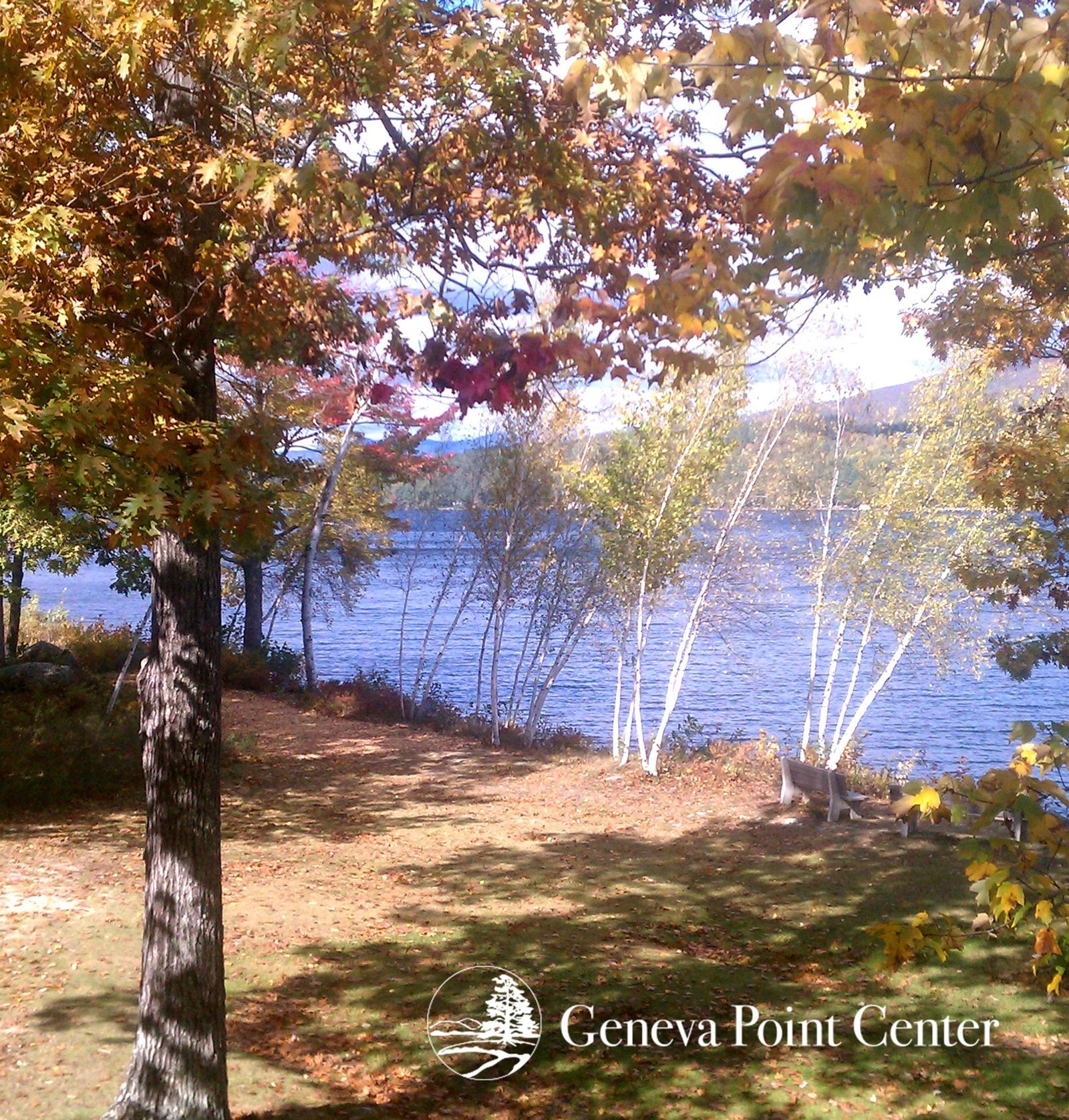
Planning and Logistics for Outdoor Team Building
Successful outdoor team building requires careful planning and attention to logistical details that ensure safety, accessibility, and positive experiences for all participants while managing weather contingencies and resource requirements.
Venue Selection Criteria Including Accessibility and Facilities
Key venue selection criteria include accessibility for all team members, ample space for planned activities, and on-site facilities such as restrooms, electricity access, and weather shelter. Proximity to transportation hubs becomes essential for large groups, while parking availability and public transit access affect participation rates.
Evaluate venues for activity compatibility—water access for aquatic activities, open fields for sports, or forested areas for nature-based challenges. Local park facilities often provide excellent value while offering professional maintenance, safety features, and backup facilities for weather contingencies.
Weather Contingency Plans and Backup Indoor Options
Effective contingency planning for inclement weather includes identifying backup indoor venues, securing portable shelter options like tents or pavilions, and developing modified activity versions that work in various conditions. Many outdoor venues offer covered pavilions that provide middle-ground options between full outdoor exposure and complete indoor retreat.
Develop communication protocols for weather-related changes while maintaining participant safety as the top priority. Consider seasonal weather patterns when scheduling events and always have backup plans that maintain team building objectives even if specific activities must change.
Equipment Rental vs Purchase Cost Analysis
Evaluate equipment needs for rental versus purchase based on usage frequency, storage availability, and activity types. Adventure-specific items like climbing harnesses, inflatables, or specialized sports equipment often justify rental costs while basic games and sports equipment may warrant bulk purchase for repeated use.
Consider maintenance requirements, insurance implications, and transportation needs when making equipment decisions. Many outdoor venues offer equipment rental as part of venue packages, simplifying logistics while ensuring professional-grade safety equipment and maintenance.
Transportation Arrangements for Off-Site Locations
Transportation planning ranges from coordinated carpooling to chartered bus services, with special accommodation for accessibility requirements and equipment transportation. Consider group size, destination distance, and participant preferences when selecting transportation methods.
Provide clear directions, parking information, and contact details for all participants while coordinating arrival times that allow for activity setup and safety briefings. Designate transportation coordinators who can handle logistics and emergency communication during travel.
Catering Options for Outdoor Events
Outdoor catering often emphasizes casual, portable options compatible with outdoor service including buffet setups, food trucks, picnic-style meals, or portable grilling. Consider dietary restrictions, hydration needs, and waste management when planning outdoor meal service.
Local catering companies experienced with outdoor events provide valuable expertise in food safety, weather considerations, and service logistics while often offering more interesting menu options than traditional corporate catering.
Budget-Friendly Outdoor Team Building Options
Budget-conscious strategies include leveraging public parks with necessary permits, creating DIY obstacle courses using household items, organizing potluck-style gatherings with team games, and incorporating walking meetings in scenic outdoor locations.
Free public park activities requiring minimal equipment can provide excellent team building value while DIY challenges using creative materials encourage innovation and collaboration while keeping costs low. Community partnerships sometimes provide access to facilities or equipment at reduced costs while supporting local organizations.
Measuring Success and Follow-Up
Effective measurement and follow-up ensure that outdoor team building investments translate into lasting improvements in team performance, workplace relationships, and organizational culture while providing data for future program development.
Pre and Post-Activity Team Assessment Surveys
Best practices include implementing pre- and post-activity assessment surveys measuring trust levels, satisfaction ratings, perceived cohesion, and collaborative confidence. These assessments provide quantitative data on team building effectiveness while identifying specific areas of improvement and individual participant experiences.
Design surveys that measure specific competencies like communication skills, problem solving abilities, and team spirit while tracking changes in workplace relationships and company culture perceptions. Anonymous feedback options encourage honest responses while group discussions can provide qualitative insights into team dynamics changes.
Key Performance Indicators for Team Building Effectiveness
Track meaningful KPIs such as employee retention rates, collaboration quality improvements, project turnaround times, and internal communication effectiveness following outdoor team building events. Statistics from the Society for Human Resource Management suggest that organizations using structured follow-ups see 34% higher gains in team performance metrics.
Monitor workplace behavior changes including increased cross-departmental collaboration, improved meeting participation, enhanced creative thinking contributions, and reduced interpersonal conflicts. These indicators provide concrete evidence of team building ROI while supporting continued investment in outdoor programming.
Photo and Video Documentation Best Practices
Professional documentation supports organizational storytelling and knowledge sharing while creating marketing materials for future team building recruitment and company culture promotion. Plan photography and videography that respects participant privacy preferences while capturing authentic moments of collaboration and achievement.
Use action cameras or drones for dynamic outdoor footage while designating team members as photographers to ensure comprehensive coverage. Quality documentation helps participants remember and share their experiences while providing valuable content for internal communications and external company promotion.
Incorporating Lessons Learned into Daily Work Processes
Effective programs demonstrate tangible links between outdoor engagement experiences and workplace performance improvements. Schedule post-event discussions that help teams identify specific lessons learned and strategies for applying outdoor teamwork experiences to daily work challenges.
Create action plans that translate outdoor team building insights into workplace behavior changes, communication improvements, and collaborative project approaches. Regular check-ins help maintain momentum while reinforcing positive changes developed through outdoor team building experiences.

Scheduling Regular Outdoor Team Building Sessions
Regularly scheduled sessions mapped on annual calendars build cultures of ongoing development and psychological safety while helping teams integrate outdoor team building lessons into continuous improvement processes. Quarterly or bi-annual outdoor events provide sustained team development while preventing team building from becoming one-time events.
Consider seasonal programming that maintains year-round engagement while seasonal variety keeps experiences fresh and challenging. Annual team building calendars help with budget planning, venue booking, and participant scheduling while demonstrating organizational commitment to team development.
Comprehensive measurement and follow-up processes ensure that outdoor team building investments deliver lasting value while providing data and insights that improve future programming and demonstrate clear returns on team development investments.
Conclusion
The evidence is overwhelming: team building activities outside deliver scientifically proven benefits that traditional indoor sessions simply cannot match. From the 50% increase in creative problem-solving demonstrated by outdoor exposure to the 21% improvement in employee engagement scores, taking your team building outside represents a strategic investment in your organization’s most valuable asset—your people.
Throughout this comprehensive guide, we’ve explored over 50 innovative outdoor team building activities that cater to every team type, season, and budget. Whether your team craves the adrenaline rush of adventure races and whitewater rafting, the collaborative satisfaction of creative problem-solving challenges, or the meaningful impact of community service projects, the great outdoors provides the perfect backdrop for building stronger, more cohesive teams.
The key to successful outdoor team building lies not just in selecting the right activities, but in thoughtful planning, proper safety protocols, and intentional follow-up that translates outdoor experiences into lasting workplace improvements. When teams return from building solar ovens together or completing an amazing race through natural terrain, they bring back more than great memories—they return with enhanced communication skills, stronger trust bonds, and proven teamwork capabilities that drive real business results.
At Geneva Point Center, we understand that every team is unique, and the best outdoor team building experiences are those tailored to your specific goals, group dynamics, and organizational culture. The activities and strategies outlined in this guide provide the foundation for creating transformative outdoor experiences that will energize your team, strengthen your company culture, and deliver measurable returns on your team development investment.
Ready to take your team building outside and unlock the proven benefits of outdoor collaboration? Contact Geneva Point Center today to discuss how we can help you design and implement outdoor team building experiences that will transform your team dynamics and drive lasting organizational success. Your team’s next breakthrough moment is waiting in the great outdoors.
More Articles from Geneva Point Center
